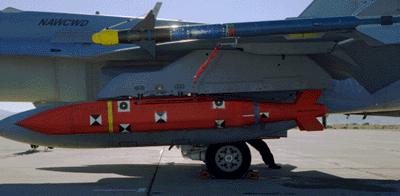Operation Desert Badger
Former U.S. Treasury Secretary Paul O'Neill has been widely quoted as saying that Iraq was "Topic A" at the very first meeting of the Bush National Security Council, just ten days after the president's inauguration in January, 2001. What is perhaps not so widely known is just how eager the Bush administration really was to force a showdown with Saddam Hussein at this early date (although serious students of globalization should hardly be surprised that Bush was trying to force a showdown with Hussein just ten days into his administration, but that's another matter..)

Iraqi No-Fly Zone, south of 33o and north 36o
Soon after the January 2001 NSC Meeting, the U.S. military began stepping up the number of overflights it conducted in the No-Fly Zone, and it also began launching provocative attacks on key Iraqi targets under a plan evidently known as Operation Desert Badger, the apparent intent of which was to force or provoke a military confrontation between the U.S. and Iraq. Allegedly, one "ideal" scenario called for the Iraqis to shoot down a U.S. fighter, hence giving the Americans a plausible public excuse to move full force into Iraq with guns blazing.

F-18 armed with a J-SOW cluster bomb
On February 16, 2001, U.S. aircraft bombed an Iraqi radar installation north of the No-Fly Zone and very close to the southern limits of Baghdad. Although U.S. aircraft had been making two or three illegal airstrikes within Iraq each week, this particular incident drew slightly more attention in the media. The February 16 bombing left three people dead and wounded 30 civilians. The Washington Post reported that the bombing used 28 new Raytheon-produced bombs known as "Joint Stand-Off Weapoins" (or J-SOW), which are actually cluster bombs. Each 1000-pound bomb carries 145 bomblets, both anti-armor and anti-personnel, and disperse over a football field-sized area. Pentagon sources admit that 26 of those 28 bombs missed their target. Cluster bombs, if they do not explode once on the ground, become landmines and render the entire area lethal. It is estimated that about 5% of J-SOW bomblets fail to detonate on impact and thus become highly volatile land mines.

J-SOW cluster bomb in action
Some statistics on the J-SOW:
- Length: 13 feet, 5 inches
- Wingspan: 8 feet, 10 inches
- Weight: 1,000-1,500 pounds
- Range: 15-40 miles from launch
- Guidance System: Global Positioning System/Inertial Navigation System
- Cost: $150,000
The documents were later made public, through lawsuit, and have been published on the Web site of Judicial Watch:
It seems that by Spring 2001, the Bush Administration was dead set on war with Iraq. The events of September 11, 2001, may have delayed (slightly) the war in the Iraq, but they also helped build popular support in the US and UK for the military action in Iraq that began in March 2003.

